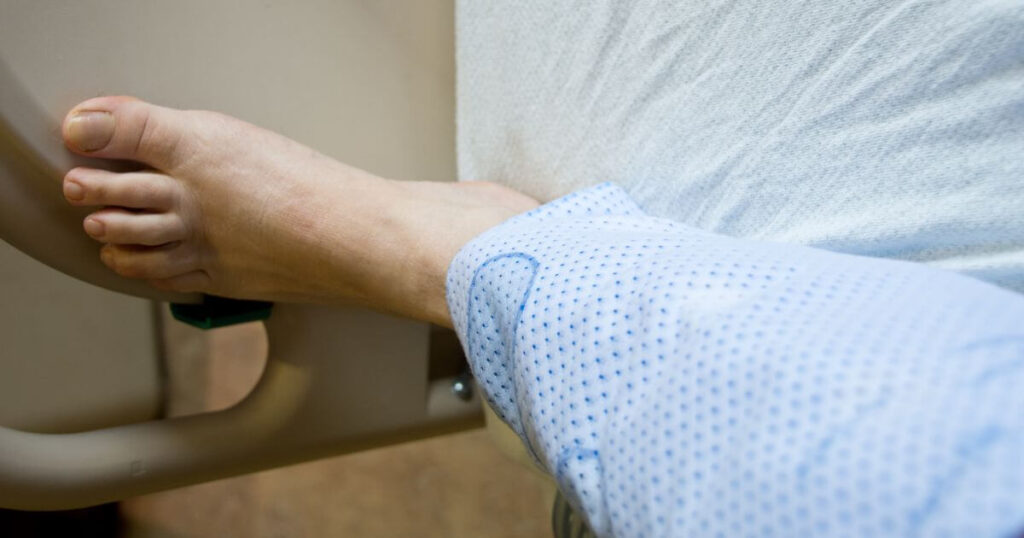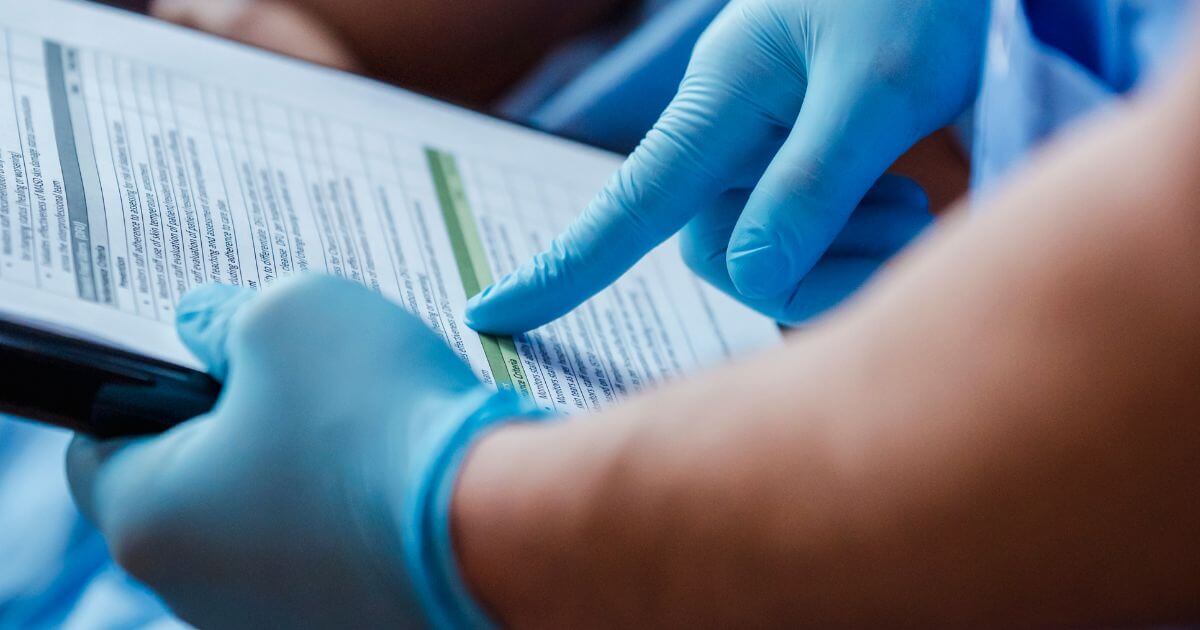When you get hurt, your body reacts. It will immediately start to heal itself in an attempt to get back to a neutral state. We always strive to maintain homeostasis and our organs and systems function accordingly throughout the day. If an accident, injury, or trauma occurs that breaks through the skin, your body starts the healing process. Wounds can heal in days or take months to treat and this timeline depends on whether the wound is acute or chronic.
In this article, we’ll explore the difference between acute and chronic wound care.
Understanding the Stages of Wound Healing
It’s critical to understand how wounds advance through the healing process before delving into the distinct attributes of acute and chronic wound care. There are four phases of wound healing: hemostasis, inflammation, proliferation, and remodeling.1
- Hemostasis. This is the beginning clotting process that happens right after you experience an injury, and it helps to control bleeding.1 This occurs when platelets release factors that assist your blood in clotting and begin healing.
- Inflamation. After the clot has formed, your body will send neutrophils to the cells near the injury that will cause inflammation. This is a signal that triggers fibroblasts to jumpstart the healing process.1 This stage of wound healing determines whether you have an acute or chronic wound.
- Proliferation is the stage of healing, in which your wound starts to slowly fill with new connective tissues and get smaller.1 During this time it’s crucial to take care of your wound to avoid going back to inflammation and infection.
- Remodeling is the final stage of wound healing. During this time, collagen synthesis at the site begins to rise, and your wound is sealed. Remodeling refers to the healing of scar tissue, which can take months or even years to complete. Acute wounds are still subject to long periods of remodeling while scar tissue builds up and gets smaller.
What is an Acute Wound?
Acute wounds follow the expected and predictable rate of healing through each of the stages above. Acute wounds usually do not have complications and show a definite sign of healing within one to four weeks. All wounds start out as acute wounds.
Acute wounds happen when your skin is suddenly and roughly damaged. They’re often caused by something burning or tearing your skin, like a bad cut, minor surgery, or even friction. There are four main ways to tell if you have an acute wound: damage to the skin around the injury, bleeding from the wound (which might also be accompanied with pain), localized swelling in severe cases, and fever as a more rare symptom.
What is a Chronic Wound?
A chronic wound starts as an acute wound. It becomes chronic when it doesn’t move through an expected or predictable rate of healing through each stage of wound healing. Wounds are considered chronic when they fail to heal within about four weeks after being treated. If it has not healed entirely in two months, it’s considered a chronic wound.
While the causes of chronic wounds vary, sometimes making healing difficult to predict, there are certain factors that can delay or prevent healing. These include high bacteria levels, infection, inadequate blood supply, poor nutrition, and incorrect treatment. To best care for patients with chronic wounds , advanced dressings should be used in combination with nutritional support and guidance from a wound specialist.
If your wound is acute and you’re noticing that it’s taking too long or becoming difficult to heal, look for any indicators or symptoms that might signal the development of a chronic wound.
The primary sign is irregular healing. If your wound doesn’t seem to be getting any better, especially after a few weeks, contact your doctor to learn more about how you should help treat it.
If there is pus, redness, or extreme pain during the healing process, it may be a sign that the wound has become chronic. Most chronic wounds do not heal properly and will stall in the inflammation stage.
Talk to your doctor for more information about how to heal your chronic wound and what types of wound care supplies you’ll need to order.



